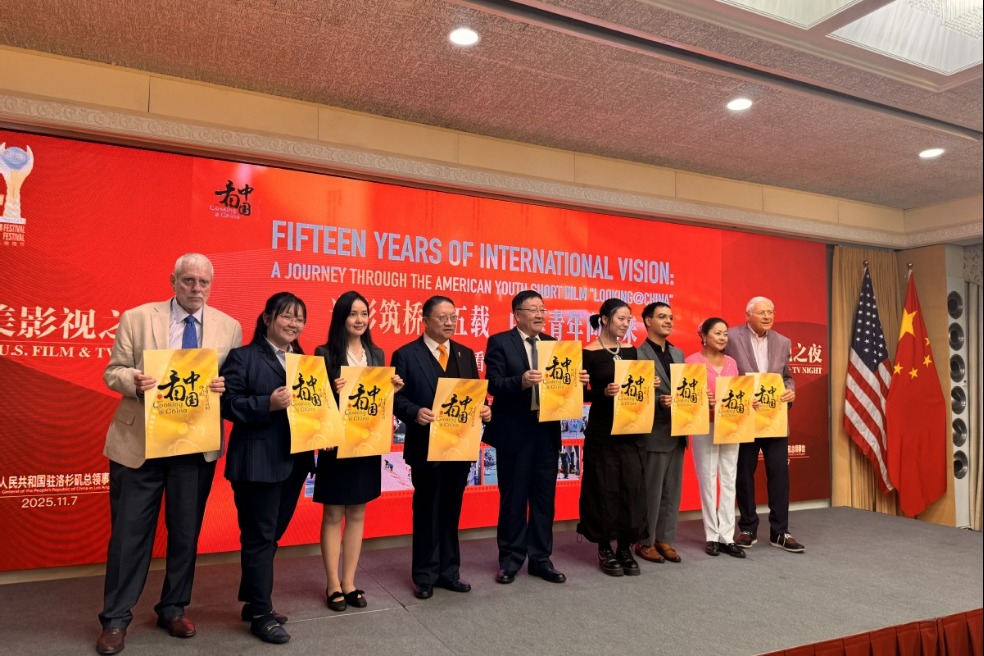'Liquor river' protection hailed
By Liu Xiangrui and Yang Jun in Renhuai, Guizhou | China Daily | Updated: 2018-07-30 07:59

Joint efforts aim to keep a major tributary clean
Authorities in southern China say joint efforts and integrated measures have helped protect the ecology and environment along the Chishui River, a major tributary of the Yangtze River.
The Chishui is known as the "liquor river", as thousands of Chinese liquor factories line its banks, including top brands such as Kweichow Moutai.
It is estimated that the combined output value of factories in the river basin runs to hundreds of billions of yuan, forming an important manufacturing cluster along the Yangtze River Economic Belt.
As the only tributary of the Yangtze unaffected by dams or industrial development, the Chishui is a key protected area for biodiversity and is seen as a crucial ecological screen for the upper reaches of the Yangtze.
Originating in Yunnan province, the trunk of the Chishui stretches 436 kilometers, with the vast majority flowing through Guizhou province. It joins the Yangtze in Sichuan province.
In 2014, the area was listed as a national experimental river basin for the building of an ecological civilization.
Since then, authorities have established a pioneering protection system based on local conditions, introducing measures such as ecological compensation, ecological red lines, an environmental protection judiciary and cross-province coordination.
The acceleration of ecological and environmental management along the Chishui has effectively improved its water quality and ecology, said Jiang Jianqiang, director of the general office of Guizhou's Environmental Protection Department.
Data from the provincial Water Resources Bureau show the surface water quality along the waterway is Grade III or higher, based on China's five-level quality standards, and that overall water quality has remained stable since 2013.
Guizhou's leaders have repeatedly visited the basin to direct protection work. They have introduced several strategies to enhance protection of the river since 2011.
Among those was the 5.6 billion yuan ($822 million) Comprehensive Plan to Protect the Chishui River Basin, which set a target to carry out 501 projects in nine categories between 2013 and 2020 to tackle problems such as urban sewage, garbage and industrial pollution treatment and control.
The plan divided the river basin into three parts, with protection measures designed to meet their respective goals.
























